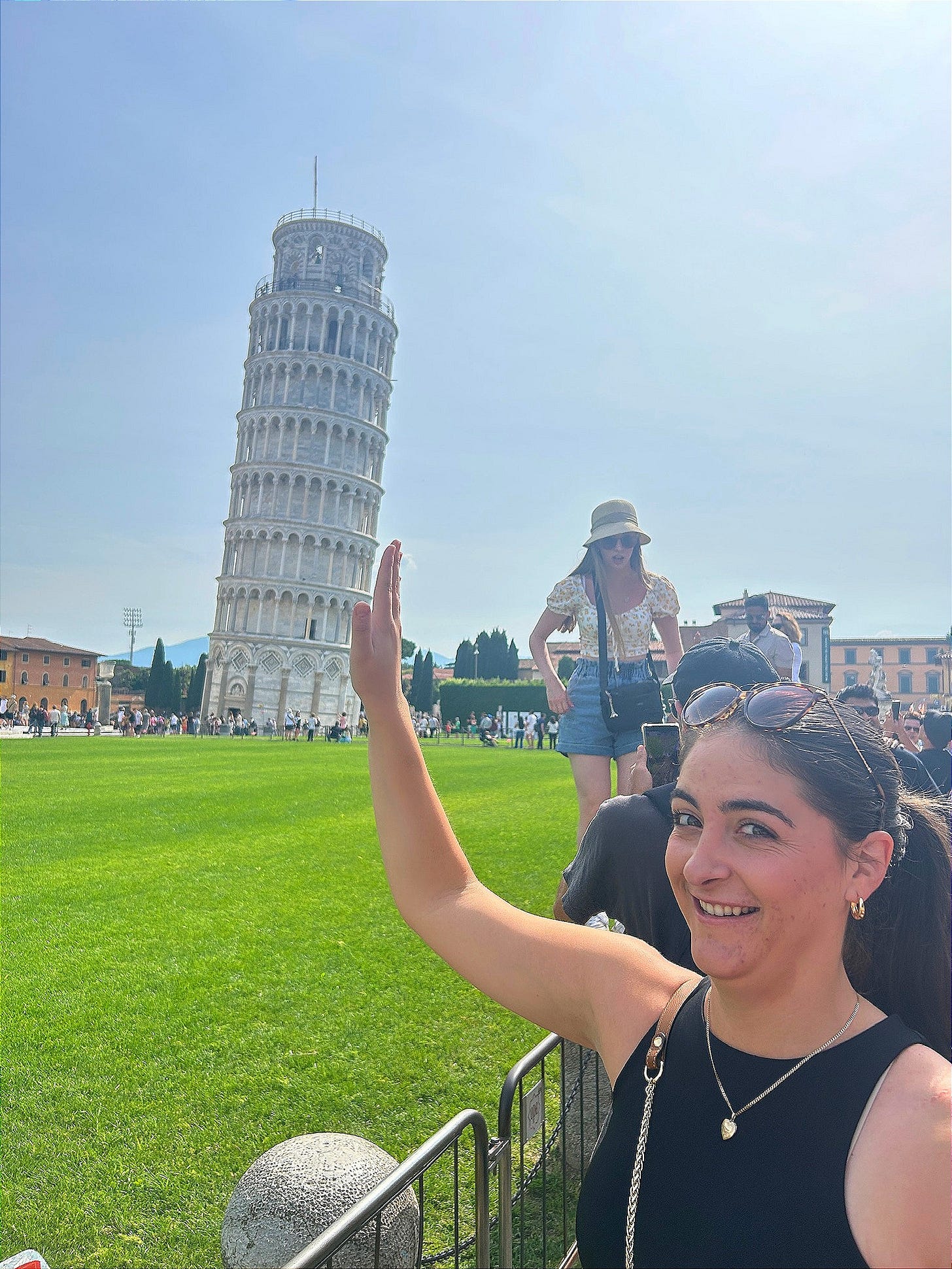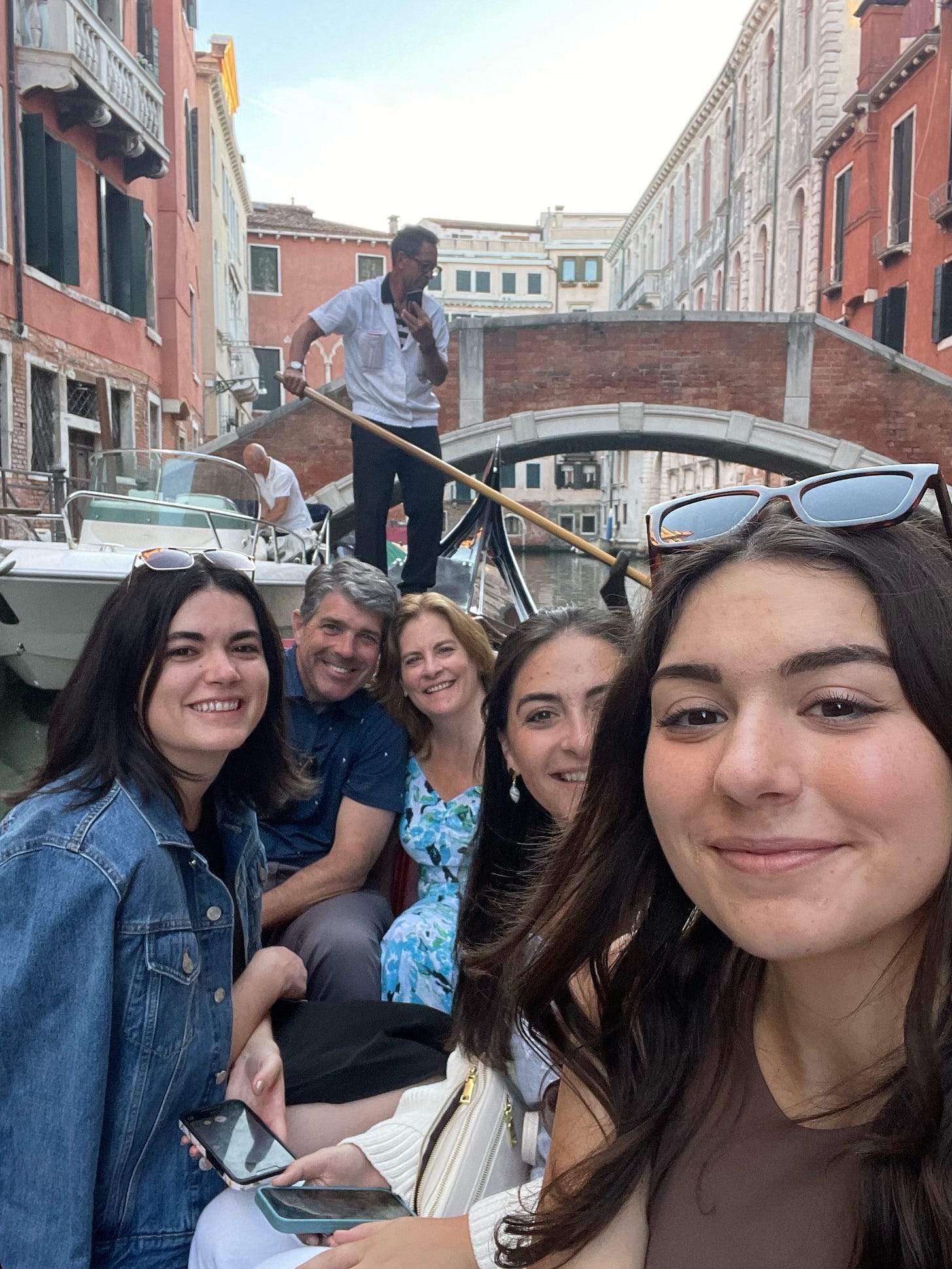Mamma Mia! You *are* qualified to plan a trip to Europe all by yourself
An easy-to-follow recipe for DIY travel planning
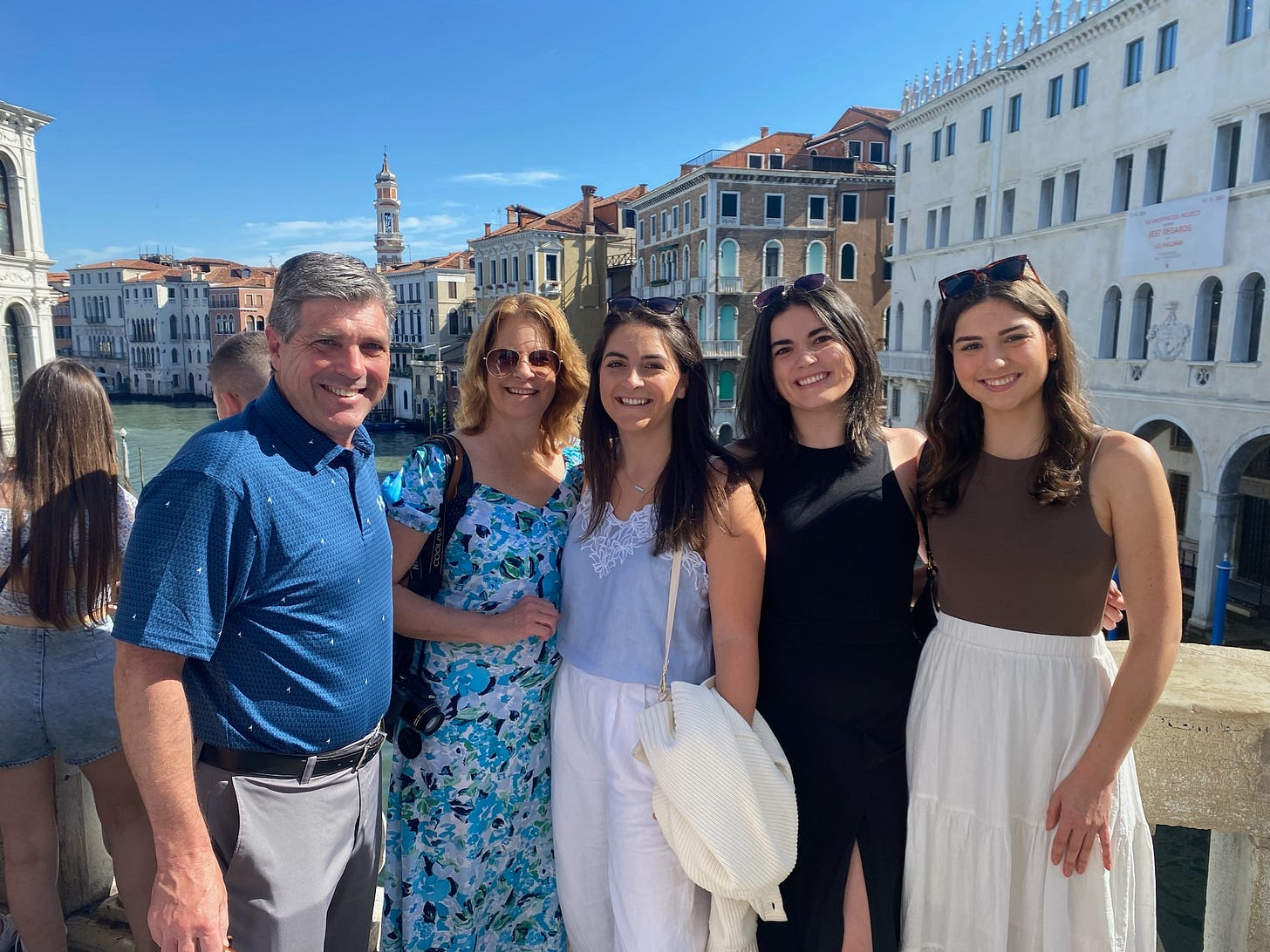
According to all the travel surveys I’ve seen, most Gen Zers want to visit Europe. It may be on your wish list, too, but perhaps you’ve been stuck in a holding pattern because you’re unsure how to plan it.
I’ve been lucky enough to travel to Europe several times (I wrote about lessons learned during my first European adventure in England is way bigger than New Jersey), and I’ve always been my own travel agent.
Since winter is the ideal time to consider and plan future vacation adventures, I thought I’d share a seven-step recipe for planning your own DIY European adventure, complete with an illustrated example–a trip to Italy that my family and I took last May.

Step 1: Choose your overall destination
The first step–choosing where to go–seems obvious and easy, but it may be the hardest in some ways because there are so many possibilities.
Maybe you’re interested in a place because someone you know has already been there and they had good things to say about it. Perhaps you’ve seen something that looked great on TikTok. Or maybe you want to check that destination that’s so famous that almost everyone wants to visit it at least once in their lifetime off your list.
Italy was an easy choice for our most recent trip. It had been on our family’s bucket list but postponed twice due to circumstances beyond our control.
Deciding where I’d like to go on our next trip will be more challenging, but there are plenty of idea sources. You can visit the travel section of the local library or bookstore, cruise Trip Advisor, or tune into Rick Steves on your local PBS station.
If you haven’t met Rick Steves, he’s a worthwhile dude to know. Maybe you’ve rolled your eyes at Rick before because you’ve come upon your parents watching Rick Steves’ Europe one too many times, but the reality is that Rick knows his shit. If you rely on Rick’s guidance, your chances of having an authentic European travel experience that goes smoothly and doesn’t break the bank increase exponentially. The Rick Steves’ Europe website and/or one of his travel guides are a great resource when choosing a destination.
It can be easy to get carried away because every country has things worth seeing and experiencing. Just choose one that appeals to you and your tastes. Especially if this is your first DIY travel adventure, it’s wise to stick to one or two countries to avoid complicating things.
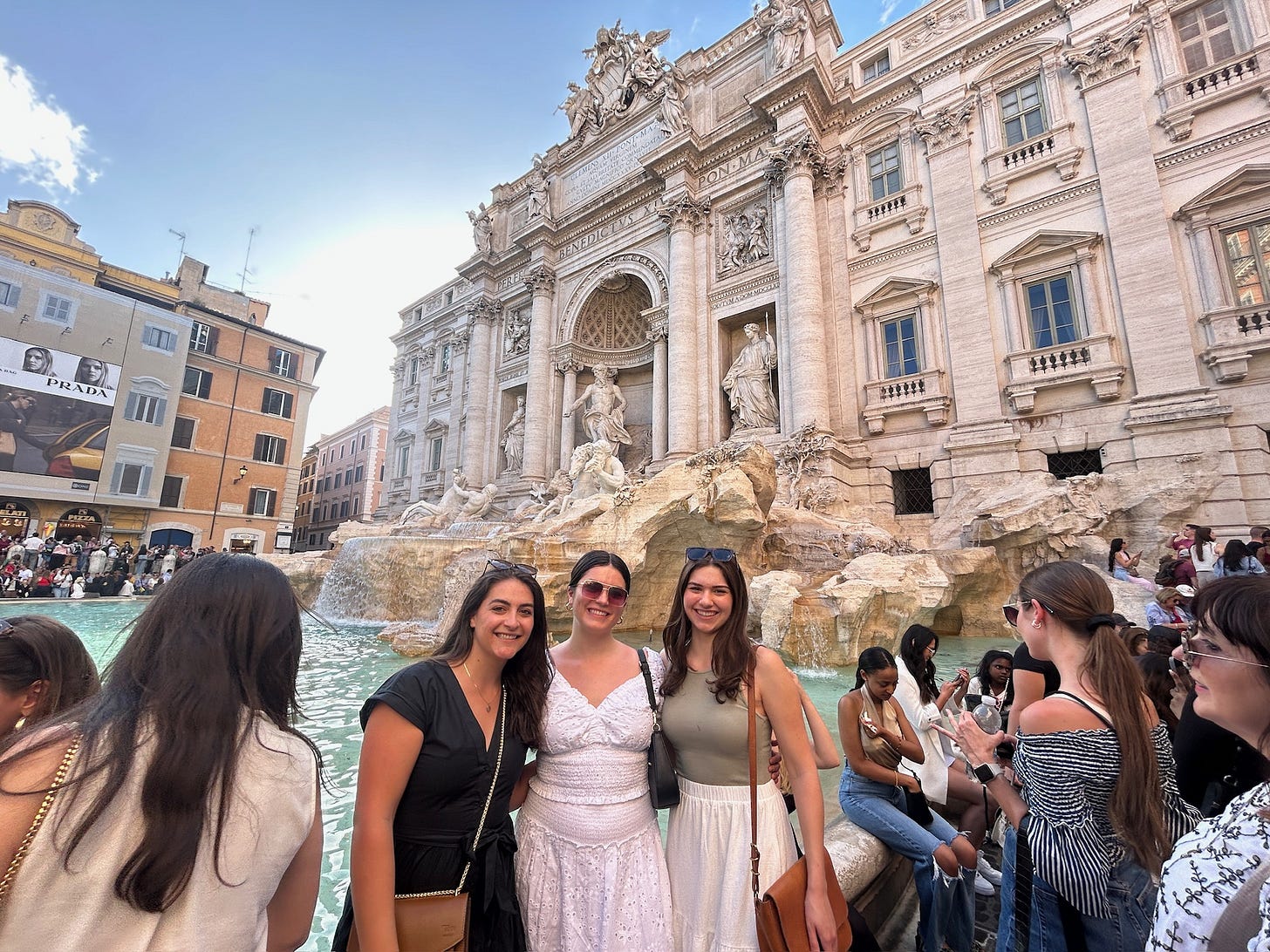
Step 2: Decide when to go and how much time you have to spend
If you can travel during non-peak vacation season, by all means, do it. (Most of us will spend more years than we’d like constrained by the limits of a traditional school calendar.) If you can travel during the so-called “shoulder season”--think April, May, September, or October–there’s a better chance of hotel rates and airfares being a little less expensive. Plus, it might not be as crowded.
On the other hand, you might want to experience the holidays and festivals Europe is known for–for instance, Oktoberfest in Germany (spoiler: it takes place mainly in September). Whether you want to experience or avoid them, check Rick Steve’s guide to major holidays and festivals in Europe and choose your travel window accordingly.
Solving the equation of how much time you have is usually straightforward–most of us are limited by the amount of vacation time we’re entitled to and/or our budget.
Once you’ve identified the month you’d like to travel and the length of your trip, check your personal calendar and determine when you can go. If you’re traveling with multiple people, you will usually discover that only one or maybe two weeks within your travel window will work for everyone.
For my family’s trip, we wanted to travel in May or early June to avoid the crowds that Florence and Rome are known for. Some of us only had enough vacation time to be away for a week, so we started looking at available dates that involved leaving on a Friday evening and returning on Sunday the following weekend. Ultimately, we departed on the last Friday in May, right after my youngest daughter’s semester wrapped up.
Step 3: Get your travel documents in order
Traveling outside your home country won’t be possible without a valid passport. The U.S. Department of State’s travel site has all the information you need to make this happen.
Even if you already have a passport, check its expiration date as soon as you begin to plan travel. Many countries will not let you enter unless your passport has at least six months remaining.
Remember that if you need to get or renew a passport, you need to allow time for the wheels of bureaucracy to turn. At present, obtaining a U.S. passport requires 4-6 weeks of processing time, plus an additional 2-4 weeks for mailing time. So if you need a passport, that’s one of the first things you should get rolling on.
Be sure also to check the Learn About Your Destination pages of the U.S. Dept. of State website for the country or countries you intend to visit so you know whether you need a visa or have to meet any additional travel requirements.
No visas were required when we traveled to Italy. However, just before a recent trip to the U.K., I discovered we’d need an Electronic Travel Authorization (ETA) to enter the country. It wasn’t hard to get one, but it was still an additional hurdle. In general, jumping through hoops is much more pleasant when you can do so in a relaxed fashion. So, check the deets well ahead of time.
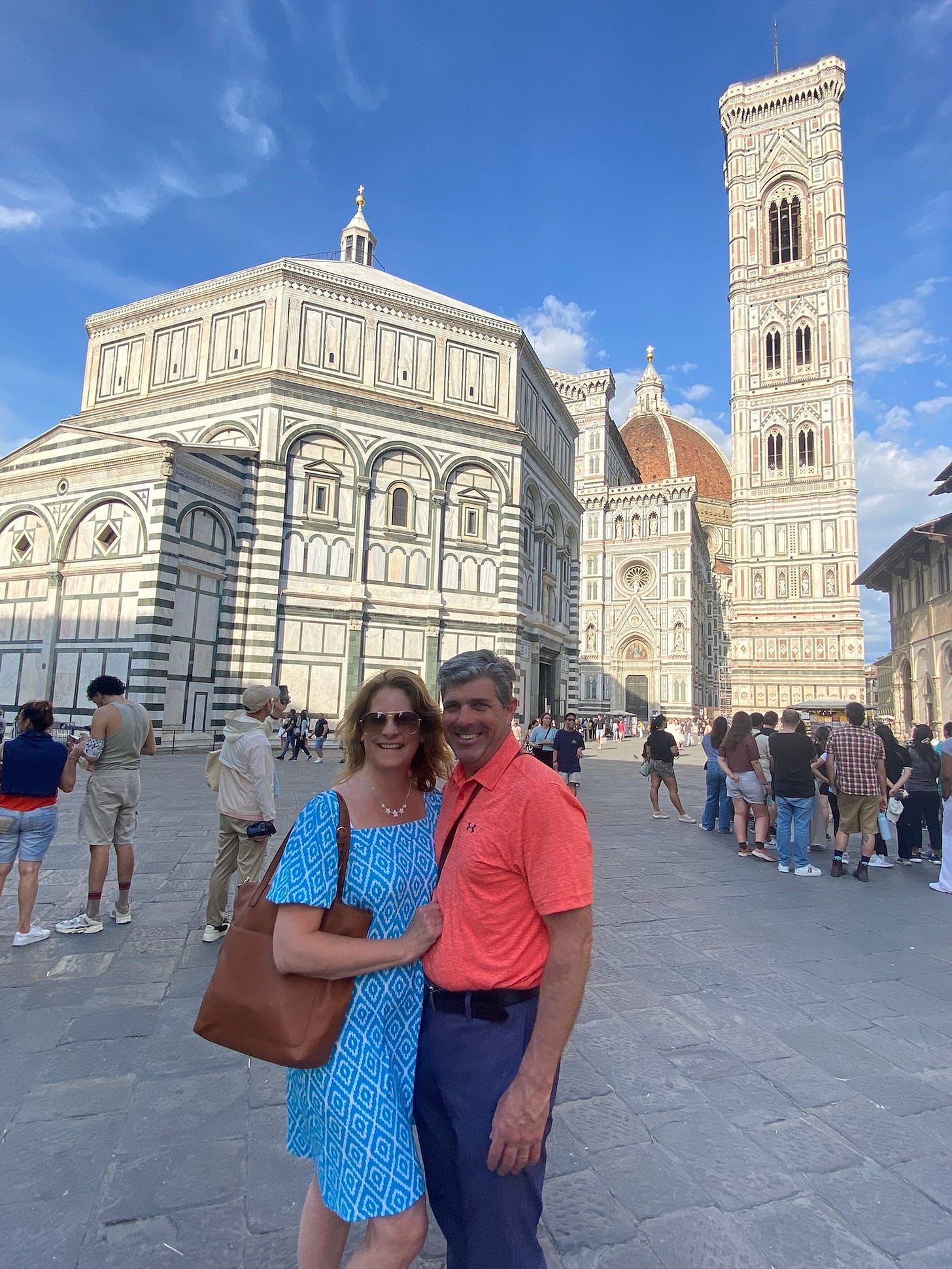
Step 4: Identify key cities you want to visit so you can lay out a basic itinerary
Even if you’ve identified a single country to visit, you still have to narrow down where you’re headed.
We knew Venice, Florence, and Rome were on our must-see for our Italy trip, but we weren’t sure what other sights we could reasonably see during our eight days of touring time.
First, I developed a list of the attractions we wanted to see in the three main cities. Here’s where research comes into play–whether you borrow or buy travel guidebooks like Fodors, Frommer’s, or Lonely Plant, cruise TripAdvisor for ideas, or solicit input from family or friends who’ve already been there.
Yes, it will be time-consuming, but it will also be fun. Frankly, it’s the only way to tailor a trip to your interests and determine how much time you’ll want to spend in each place.
Based on what we wanted to see, we’d need two full days in Rome and almost two full days in Venice. Though there’s no shortage of things to see in Florence, since our family isn’t as into art museums, we determined that a single day there would be enough time. That left us three other days’ worth of touring time.
Then it was time to use an atlas or a virtual map to see what other sights were near our three main cities. I’m partial to the AAA TripTik Travel Planner. It’s free, and all you need to get started is a Point A and a Point B. Type them both in, and it will calculate the distance and travel time.
Once I plugged in our three baseline cities–Venice, Florence, and Rome–I could see our overall itinerary plotted on a map and zero in on what other destinations would be on our way or nearby enough to reasonably visit.
Next, I researched the small towns in Tuscany that are potentially worth visiting to assess which ones we’d enjoy the most.
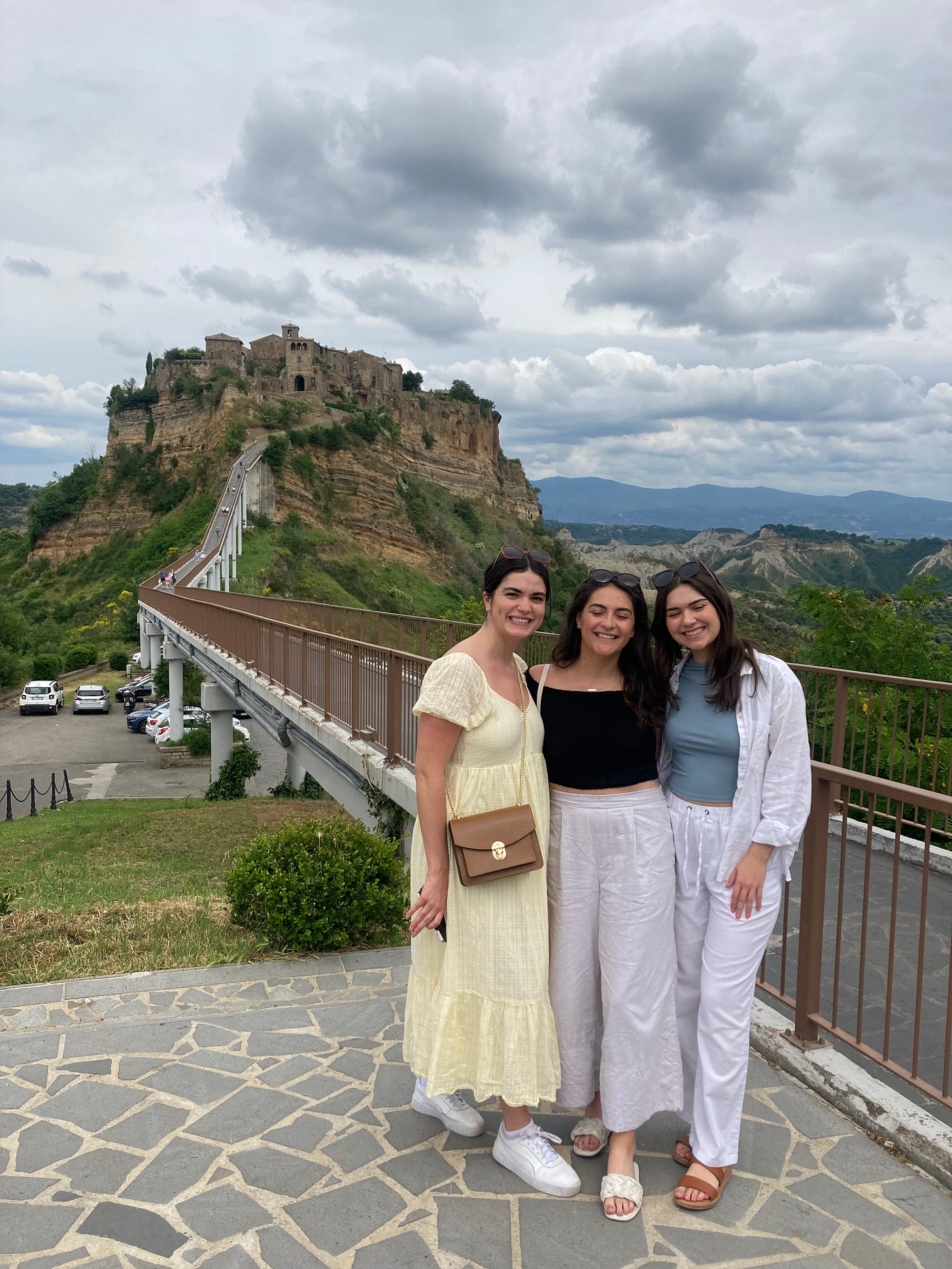
Step 5: Book your transatlantic passage
Once you have the basic itinerary for your trip sketched out, it’s time to start thinking about how you’ll cross the ocean. You have a better chance of getting the best price on your airfare if you book it a few months out.
I find Kayak.com a handy tool for researching flights.
Since we determined that we could see all the sights in Venice in a little less than two full days, I set that as the arrival city. (Most flights to Europe from the east coast of the U.S. leave in the early evening and deposit you on the ground in Europe the following morning. It takes a little time to clear immigration, collect your bags, and get your bearings, so it won’t be a full touring day.) That meant that we’d end our trip in Rome.
Once you’ve identified your arrival and departure cities, plug them into Kayak.com and let it work its magic. Before you know it, it will locate the cheapest, shortest, and other flight options for getting you there. Its massive database also allows it to predict whether airfares are likely to drop in the next 30 days. If you have some time before you need to lock in your flights, you can set a tracker to get automatic alerts if prices change.
Unless you see a fare that’s almost too amazing to be true, you can mull over your flight options for a while. But this will at least get the ball rolling.
Step 6: Determine how you’re going to get from Point A to Point B while you’re there
Unless you plan to spend your entire stay in a single place, you’ll have to figure out how to get from here to there. The travel planning tool Rome2Rio can help you to assess your options. In general, train service in Europe is much better than what we’re used to in the U.S. and reasonably priced. However, you may also luck out and find cheap airfares between cities too (on a recent trip, a flight between Edinburgh and London saved us time and was cheaper than a rail ticket would have been).
Depending on your itinerary, you may want to consider renting a car. Of course, driving conditions can vary greatly, so it’s worth doing a little research first to assess whether you’re up to the challenge.
With five people in our traveling party, renting a car made the most sense, especially since we wanted to explore the Tuscan countryside.
A key thing to remember: In many cases, you won’t need or want a car while you’re in a major European city–traffic can be crazy, and you can’t expect large parking lots near tourist attractions like there are in the U.S. So you may not want to pick up your rental until you’re ready to hit the open road.
We arrived in Venice on Saturday morning and didn’t collect our rental car until Monday morning, which saved us two days’ worth of rental fees and the trouble of figuring out where to park it.
Our rental car got us to Florence and took us all through Tuscany, but we knew it wouldn’t be of much use once we got to Rome either. (Rome is a tough place to drive.) So, on Thursday evening, after my husband deposited the rest of us and our bags at our Rome hotel, he returned the rental car, saving us another two days’ worth of rental fees.
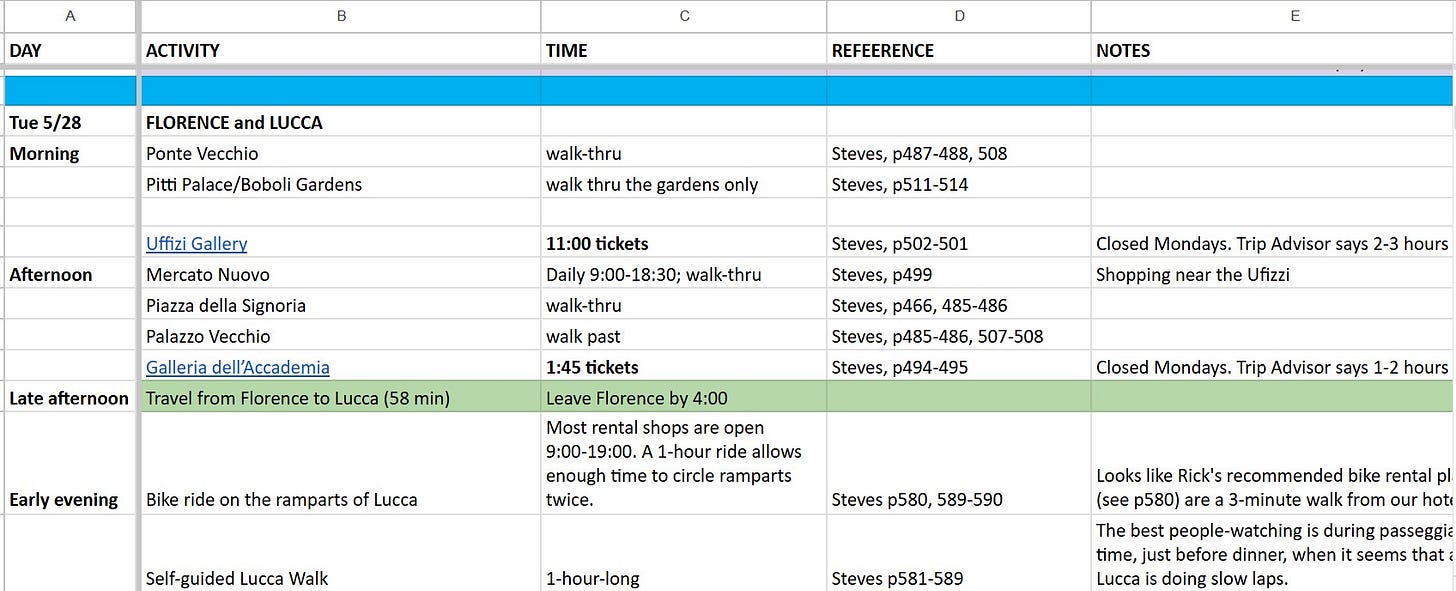
Step 7: Construct your daily itineraries
Once you’ve scoped out your basic itinerary, it’s time to figure out where you’ll lay your head every night. Whenever I can, I like to minimize one-night stands. (It’s nice not to have to pack up every single morning.)
Spending the first two nights in Venice was a relatively easy choice on our trip. And it was clear that we’d spend the last two nights in Rome. It was evident that there was no way around spending Monday, Tuesday, and Wednesday nights in different towns. But if we willed ourselves to drive a bit further Thursday night, we could check into our Rome hotel for a three-night stay instead of having Thursday be another one-night stand.
Once you identify where you want to seek lodging for each night, you can start the hotel search process. We usually stay in hotels, and my lodging hack is to first check Rick Steves’ guidebook for his lodging recommendations (He’s terrific at scoping out properties worth your while in smaller towns, and he’s excellent at sorting your options in cities by neighborhood and price level.)
Next, I cross-check Rick’s recommended hotels that appeal to me with TripAdvisor reviews to confirm that they are a good fit. TripAdvisor also gives you a head start on price-checking your options.
Once your lodging is sorted, it’s time to plan the order in which you’ll visit attractions. It helps to keep track of the details in a spreadsheet–a plain old Google sheet does quite nicely. I list each attraction in its own row, link to its website, and note its opening hours in a separate column. It may sound a little obsessive, but I find that it makes it easier to see the options for how to organize your day.
Plus, researching the details ahead of time helps you avoid disappointment. For instance, I discovered two museums we wanted to see in Florence were closed on Mondays. Touring them on Tuesday was our only option, and we should plan to visit the Duomo on Monday afternoon.
The good news is that the internet makes it easy to do this research, and most attraction websites provide a wealth of information to help you plan your visit. Be advised that reserving tickets for the most popular sights in advance may be the best way to ensure that you’ll be able to get in. Rick Steves or the attractions usually give you a heads-up about this.
So there you have it–seven essential steps to plan your travel adventure. The planning will take work, but generally, it’s a pleasant type of work. In fact, some people I know get almost as much joy out of planning the adventure as living the adventure.
When I’m planning a trip, I like to curate a playlist of artists and songs with some connection to the places we’re visiting. (Here’s the one for our Italy trip.) I find that this adds to the overall experience.
One last piece of advice–remember that it’s normal to feel a little intimidated the first time you take total responsibility for planning a trip all by yourself. Maybe start with a simpler trip to learn the ropes of travel planning (you could always use this recipe to plan a domestic trip first). But you can do it, and it will be worth it to create your own “bon voyage.”




